
Our must-sees in San José
We present some of San José’s best attractions, chosen by someone who has rambled through the streets of the Costa Rican capital and marveled at its unexpected beauty.
By Julia Henríquez
Photos: Demian Colman y Getty Images
Blessed with a perfect climate for strolling in the sunshine, downtown San José, Costa Rica, is an outdoor gallery that invites globe-trotters to see another side of this eco-tourism destination. Buildings of different colors come into view with dizzying speed, and the eclectic architecture —reflecting changing styles over the centuries— gives this city a unique air. ¡Let’s go!
National Cultural Center (CENAC)
Originally constructed as a state-owned distillery, the building dates to the mid-1800s. It was transferred to the Ministry of Culture in 1994 to provide a home for all the arts. It currently houses the Museum of Contemporary Art and Design, the Dance Theater, a video library, an amphitheater, a gallery, and an open-air museum. The building is a slice of living history where modern offices sit comfortably within ancient walls.
San José Central Market
The passageways of the central market wind through a labyrinth of aromas and colors. The textures of handicrafts, the merchandise spilling out on all sides, and the varied flavors from the food stalls draw in adventurous visitors. Named a Cultural Heritage Site, the market blends history and tradition in delightfully picturesque chaos. You really shouldn’t leave without enjoying a meal here.
With materials imported from Europe and wood from several provinces, the National Theater is the country’s grandest architectural gem; this oversized structure took seven years to build —four more than planned— and finally opened in 1897. It was built during an economic boom as a home for the best of dramatic arts, a center for a burgeoning cultural scene, and a reflection of the worldwide recognition being garnered by the country’s coffee exports. One of the most singular elements is the Allegory of Coffee and Bananas, a mural painted on the theater’s ceiling.
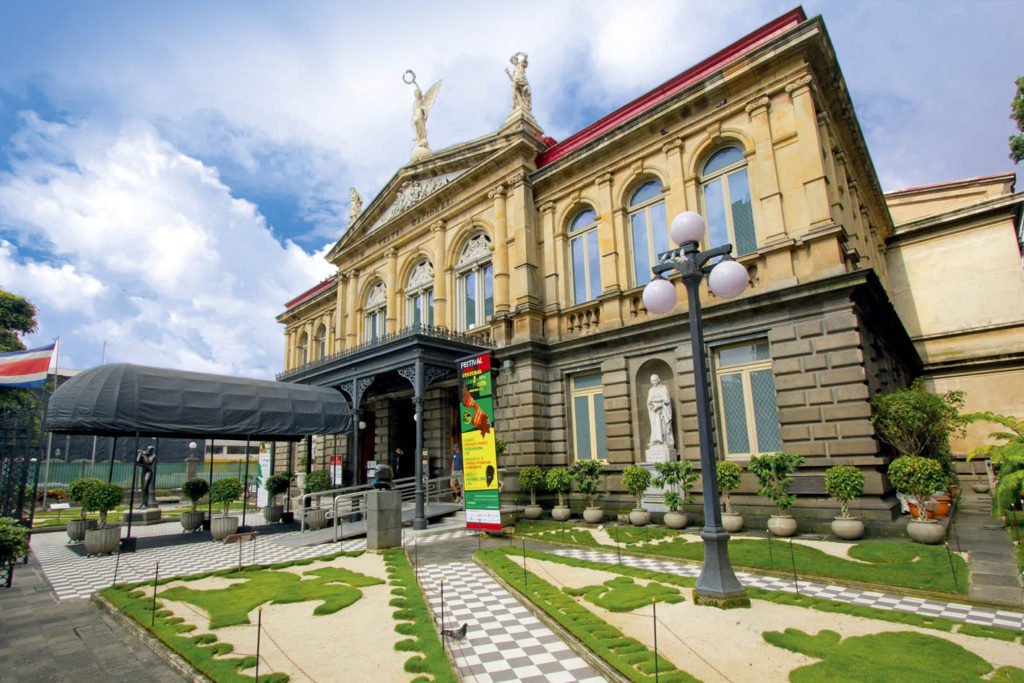
Construction of this building —intended as a military barracks— began in 1917 and lasted until the 1930s. In 1948, after the national army was abolished, the building was converted to a National Museum. Featuring permanent and temporary exhibits and educational services, the National Museum is open to everyone. Democracy Plaza (or Plaza of Democracy and Abolition of the Army), named in an official ceremony in December 2016, welcomes urban tribes seeking a meeting place and hosts official and cultural events that remind participants to remember the past and enjoy the freedom that is so much a part of the ambience of the city.
Post Office and Telegraph Building
Over the years, wealth has been gleefully flaunted during Costa Rica’s boom times. This kind of ostentation resulted in this iconic building, designed by Catalonian architect Luis Llach Llagostera. Begun in 1914 and finished three years later, the construction is in the neo-Renaissance style. Designated a Historic Heritage Site in 1980, the Post Office and Telegraph Building boasts stunning columns and window arches.
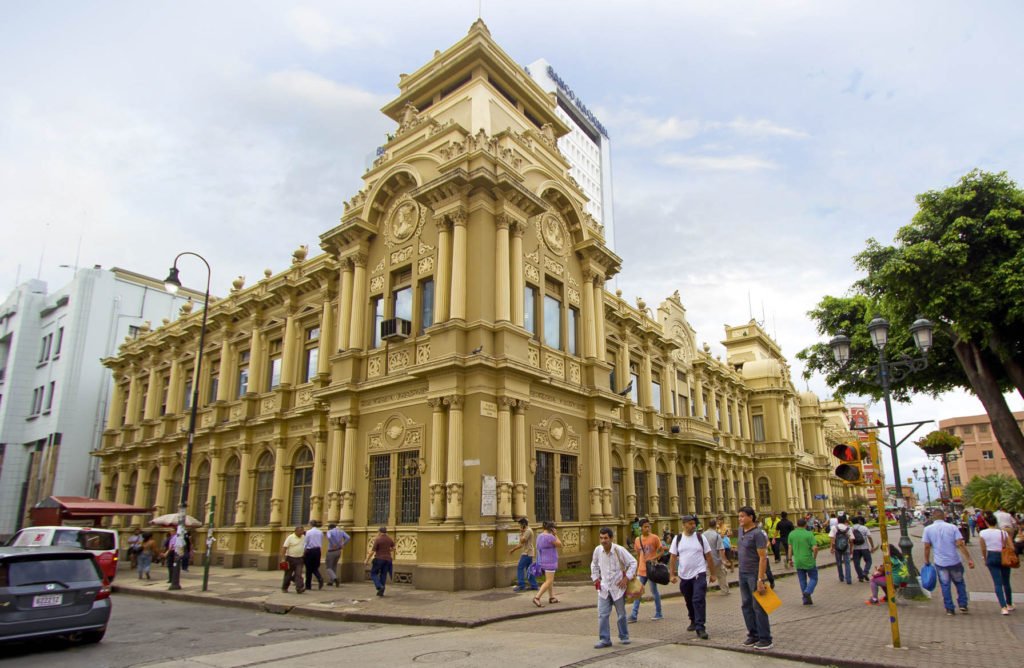
Costa Rica —and its coffee— was hugely popular in 1930. The Gran Hotel was built to promote a culture of tourism, which became one of the country’s most important sources of income in later years. Architect Víctor Lorenz varies the style from floor to floor: the rationalist, neo-Classic, Victorian, and even Colonial touches turn the building into a record of inhabitable space. This impression has been noted by celebrated guests from John F. Kennedy to Cantinflas. There is a reason this is the country’s only hotel to have been named a Historic Architectural Heritage Site.
This theater was a dream of Spanish immigrant José Raventós Gual, who wanted to see the same zarzuelas and operettas he had enjoyed in his homeland. It opened in 1928 with an operetta staged by the Esperanza Iris Company. With its neo-Classic style, the building easily competes with great monuments constructed during the coffee boom. In 1967, a fire rendered the theater unusable for many years until the Ministry of Culture, Youth, and Sports bought it to “democratize culture,” reopening it in 1985.
The Metal Building
Costa Rica’s economic progress is reflected in the rapid expansion of its culture. The “education revolution” entailed bringing literacy to the people using the best resources; these ideals led to the founding of the Buenventura Corrales School. The building, made of forged iron shipped from Belgium, is imposing enough to remind any passers-by of the advantages of educating an entire nation, which is one of the country’s most notable ideals.
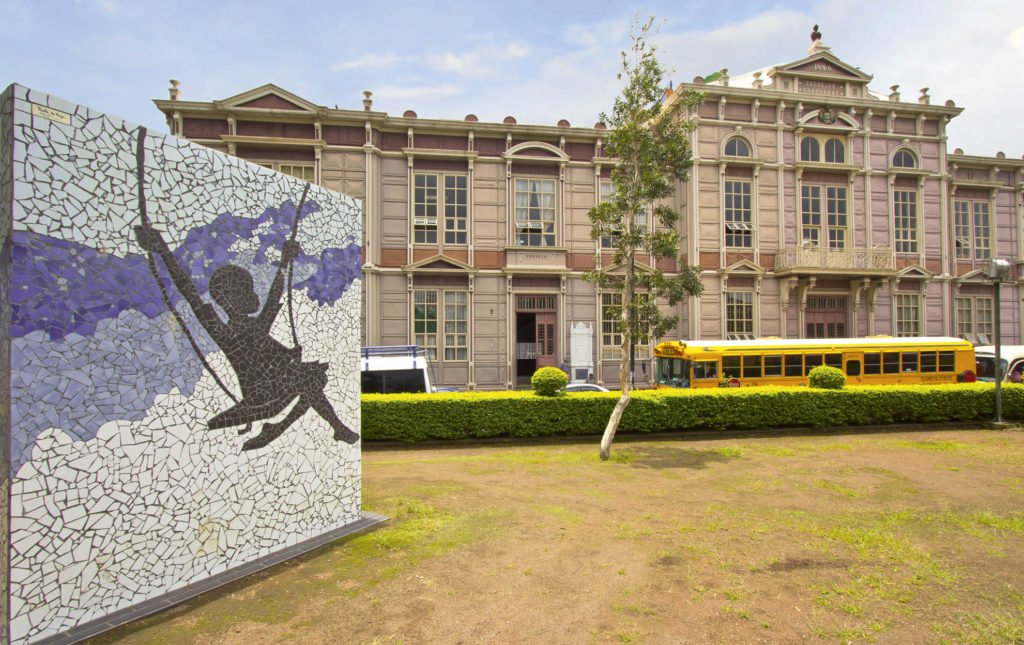
Sculptures
San José is dotted with various sculptures —sometimes in plain sight and sometimes hidden like Easter eggs— in the guise of ordinary denizens, thus giving the city’s timeline a playful twist.
La Chola, sculptor Manuel Vargas’s representation of a Guanacaste woman, stands nearly 7 feet tall and weighs more than 1,100 pounds. Voluptuous and resolute, she is part of the culture of the capital. Legends have even grown up around her, including the belief that a visit to the statue will bring you good luck for the lottery.
The work of Cuban artist José Ramón Villa, John Lennon is one of the “Easter eggs” hidden around the city. The statue can be found in La Habana Park, sitting on a bench like just anybody, waiting for his fans to take a selfie with him or serenade him with a chorus of “All You Need is Love.”
Monument to the Farmer. The bronze farmers of Fernando Calvo stand stoically in eternal protest in the gardens of the Central Bank, battling time and modernity. Dedicated to the ordinary inhabitants of the Central Valley, the sculpture has such a strong presence that passers-by almost expect the figures to continue their march.
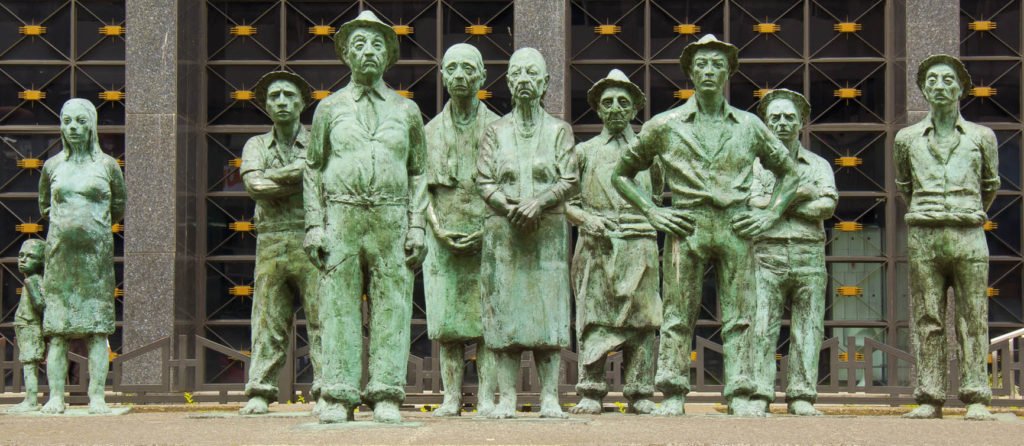
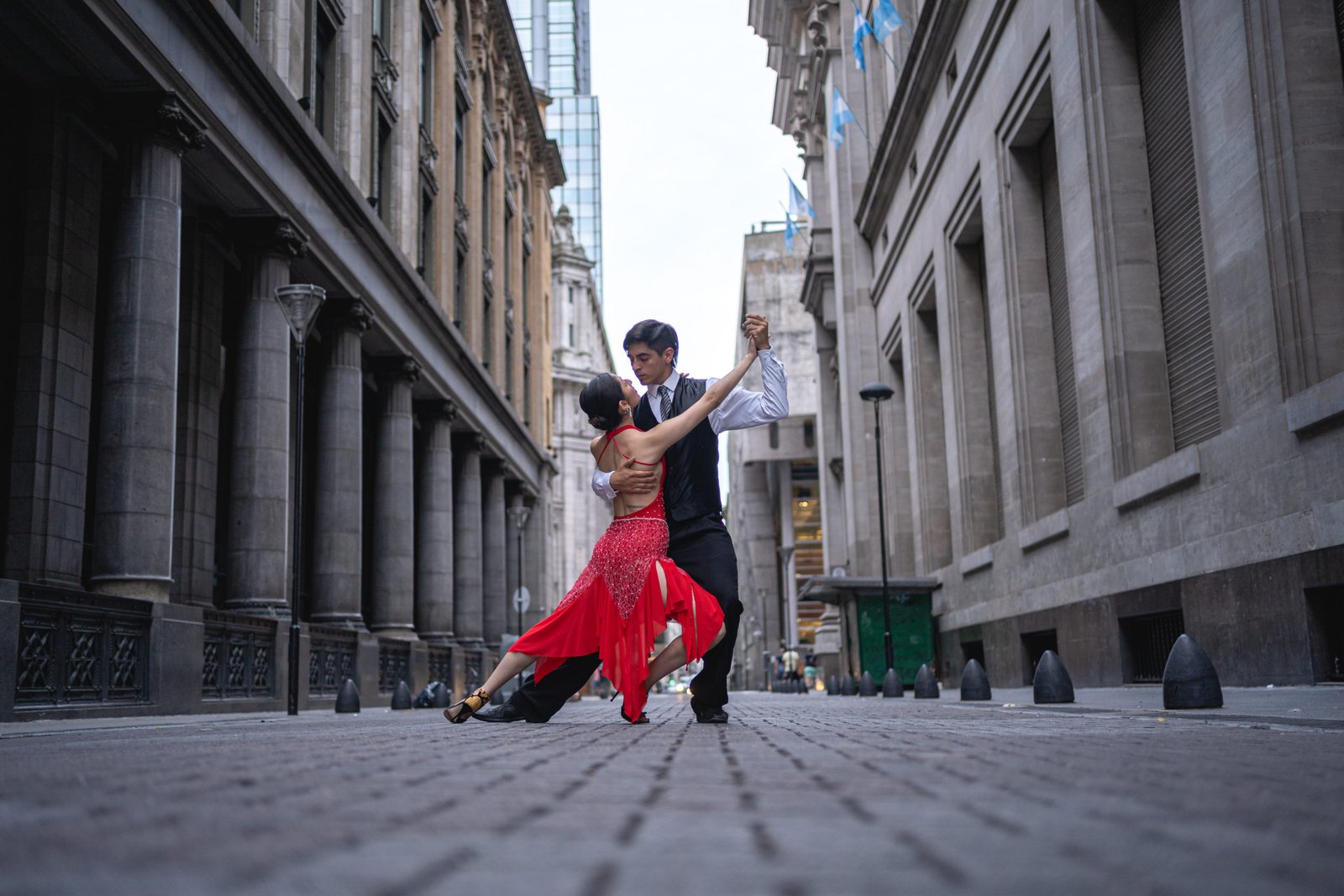
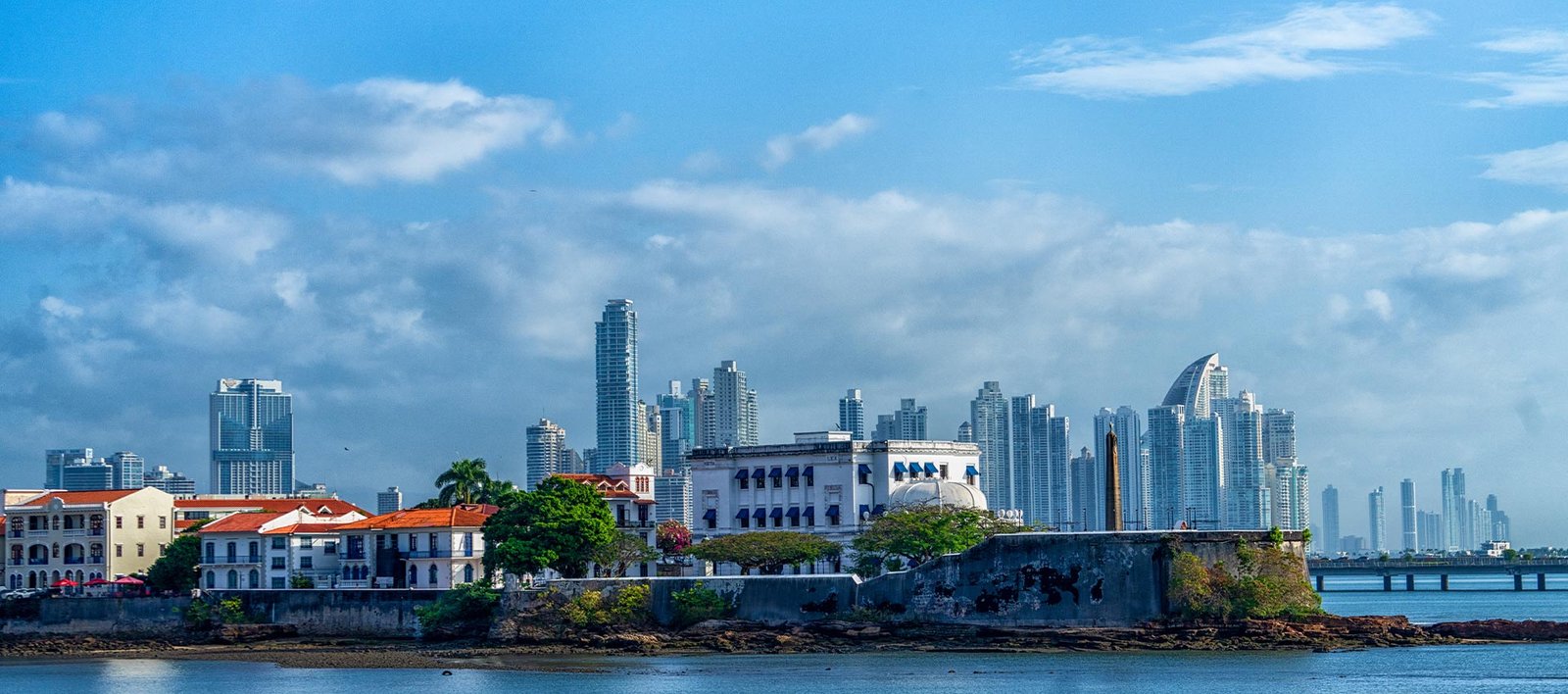
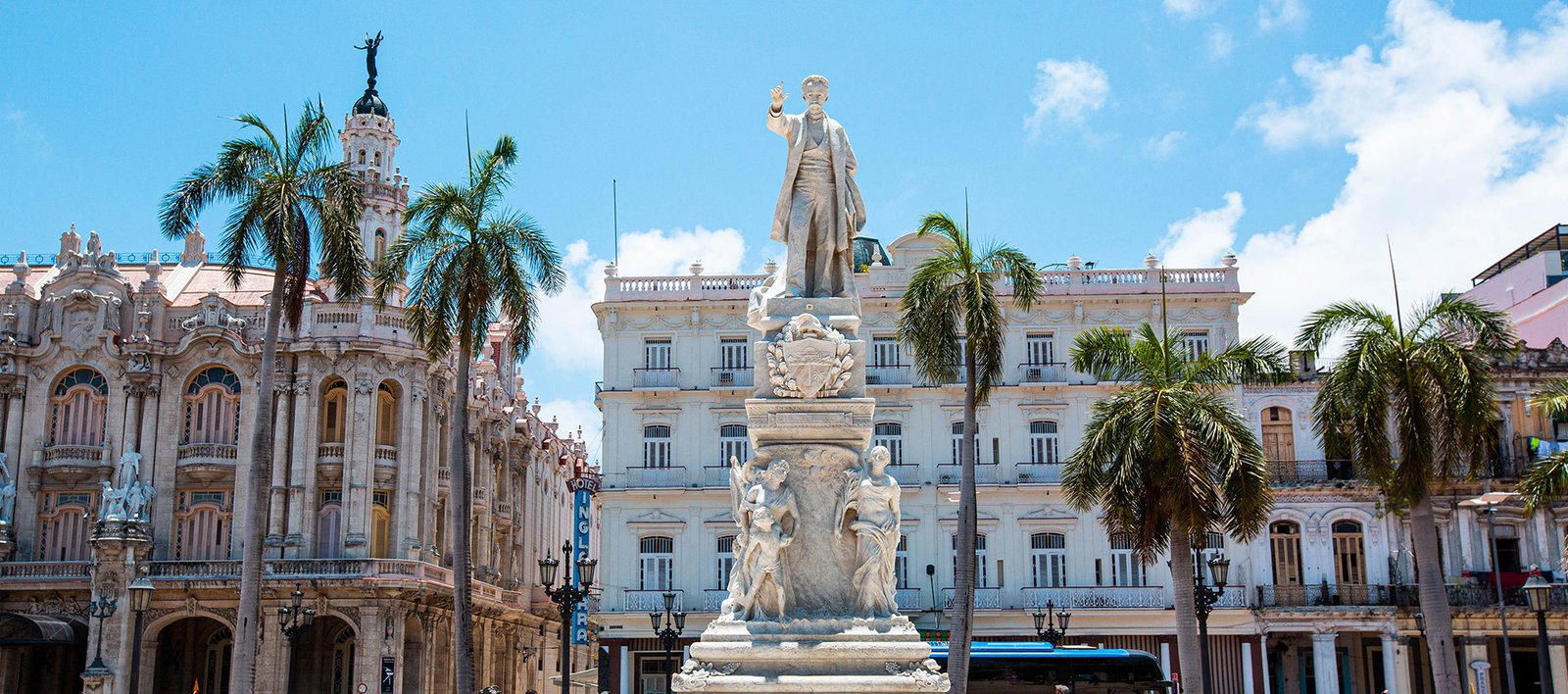
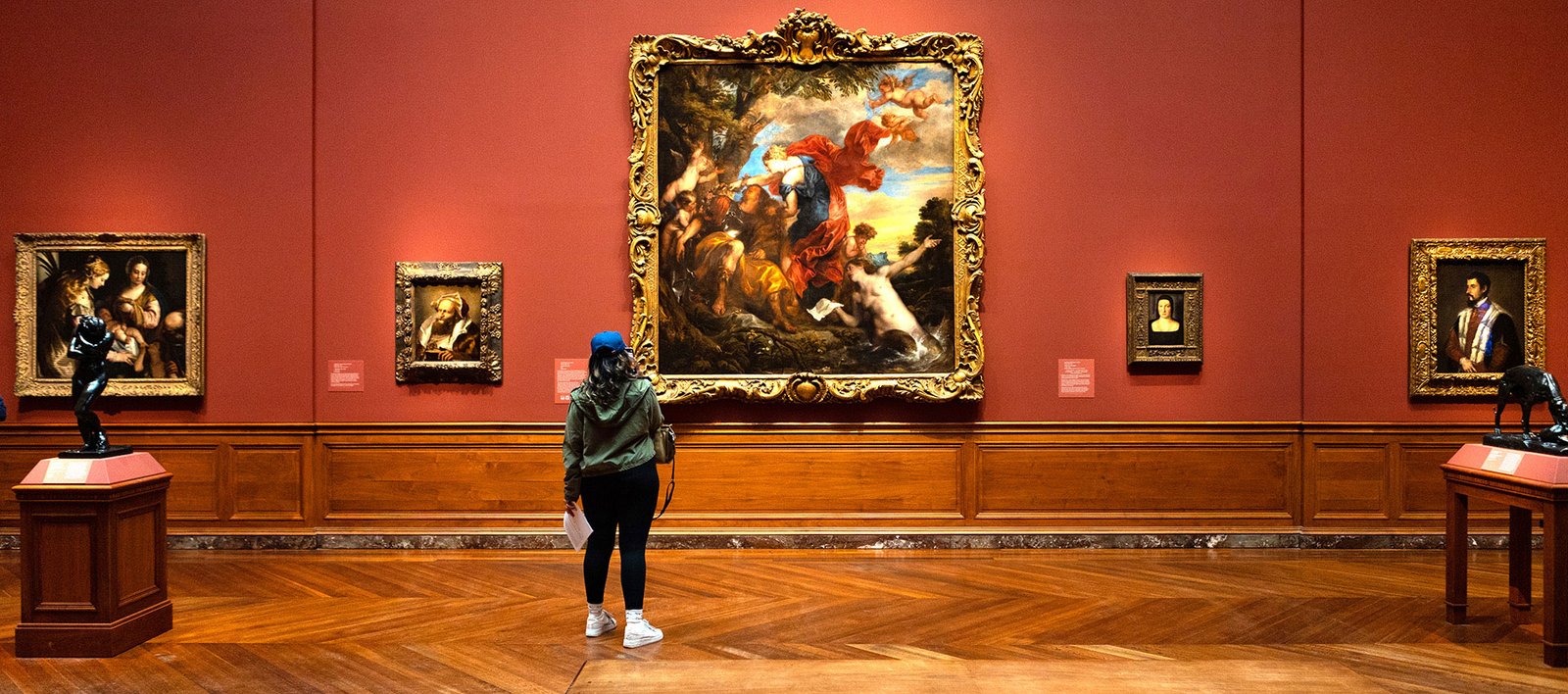
Leave a Reply